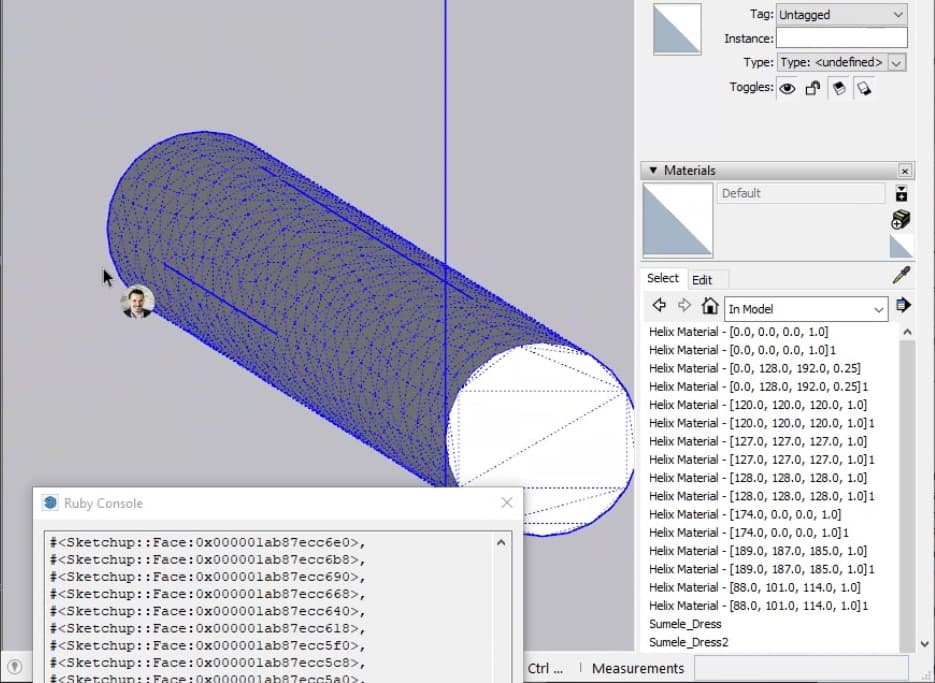Thanks for bringing this up.
We’re aware of this problem and we have some options. Essentially, we prioritize the ability to work with Revit export geometry in SketchUp in a native way, sacrificing the way non rectilinear objects tessellate. We also prioritize having a lighter Revit export over a more accurate non-rectilinear geometry. The tradeoffs help users work with the Revit export and reduce mesh bloat so that it doesn’t slow down SketchUp. However, there are other ways and hybrid approaches to this problem. See the breakdown below.
It would be great to hear from users what they value, and if having an option to change this behavior (given the tradeoffs each option offers) is important.
Options Breakdown
-
Option A (Current Behavior)
- Con: non-rectilinear solids will have holes when displayed
- Pro: can work with the geometry natively via push pull
- Future Challenge: need a way to process the holes and fill them in (can prove to be quite challenging)
-
Option B (Alternate)
- Pro: can display the mesh exactly how you see it in Revit
- Con: cannot work with the geometry natively in SketchUp anymore
- non-rectilinear geometry faces get triangulated in an unworkable and uncleanable
- non-rectilinear triangulation (even post cleanup) will really slow down the SketchUp model, as mesh is over triangulated (see image below: the simple cylinder should have triangles connecting the caps and no interstitial triangles)
- for rectilinear geometry, the triangles can be cleaned with something like Cleanup3 by ThomThom
- Future Challenge: ability to cleanup the model automatically for both the rectilinear faces and the curved ones.
-
Hybrid / Future Options
- We can provide the option to choose between the two methods on a per element or per category basis
- We could auto select that option maybe, based on the Revit surface type (this would still introduce the problem of over-triangulation)
- We could add a poly reduce algorithm
Workflows
There are different workflows and use cases that affect which method is preferred.
-
Option A
- For working with Revit geometry in SketchUp
- For using Revit as a background to align elements in SketchUp that will then be sent to Revit (it’s faster to use this method)
-
Option B
- For rendering in SketchUp with Revit background geometry
Feedback
Let us know how you’re planning to use the mesh from Revit in SketchUp and if adding a toggle for Option A vs B would be sufficient (as we’re currently just supporting Option A)
